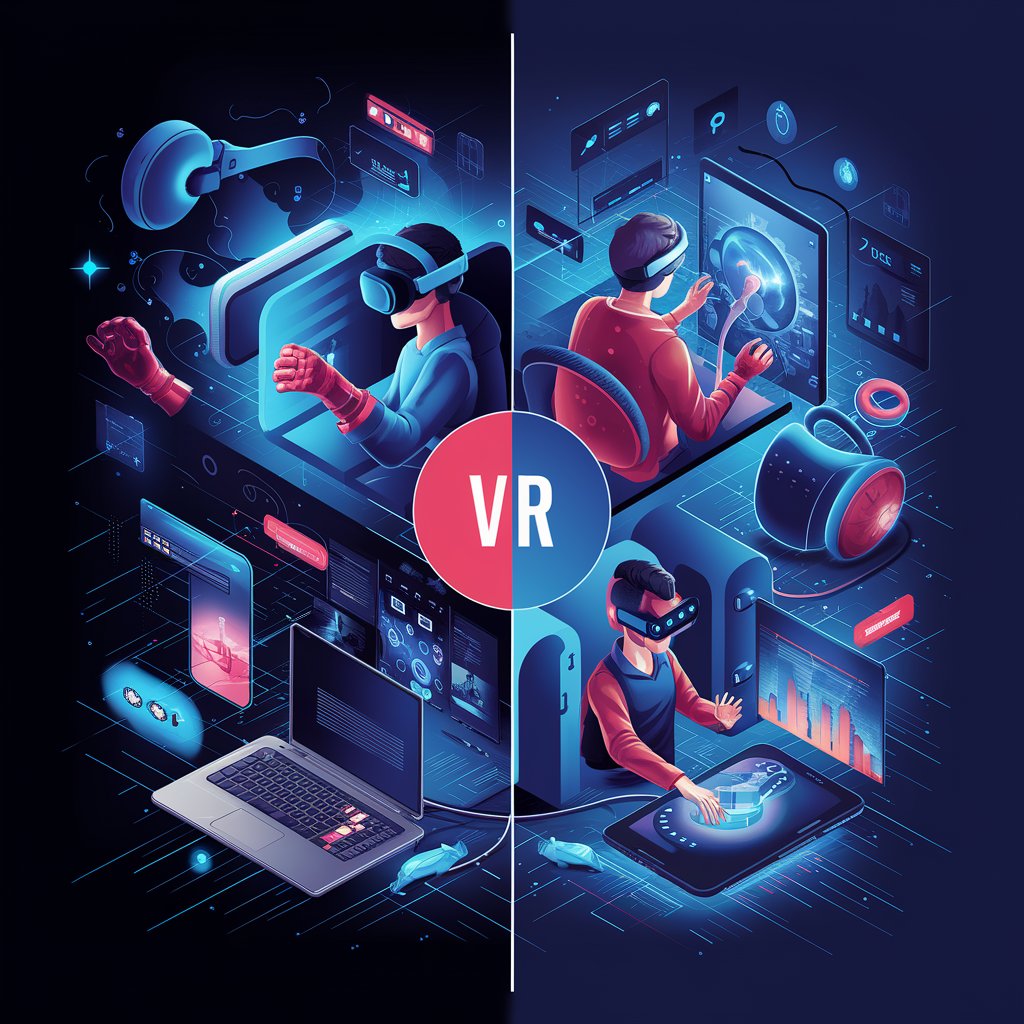Virtual reality (VR) and augmented reality (AR) are two transformative technologies that are reshaping the landscape of gaming. Both offer immersive experiences, but they do so in different ways. Understanding the distinctions between these technologies and their potential impact on the future of gaming is essential for gamers, developers, and industry professionals alike. Virtual reality creates a fully immersive environment, transporting players into a completely digital world. Through the use of VR headsets, players are surrounded by a 360-degree environment that responds to their movements, making them feel as if they are truly part of the game. This level of immersion is unparalleled, offering an experience that is deeply engaging and often physically interactive. VR’s ability to fully engross players in a game has led to its popularity in genres like first-person shooters, adventure games, and simulations where a heightened sense of presence can enhance the overall experience.
Augmented reality, on the other hand, overlays digital elements onto the real world, blending the physical and digital realms. Instead of transporting players to a new world, AR enhances their current environment with interactive elements. This technology is particularly popular in mobile gaming, as it allows players to interact with the game without the need for specialized equipment beyond their smartphones or tablets. AR games like Pokémon Go have demonstrated the potential for this technology to create shared experiences in real-world locations, bringing people together in a way that traditional gaming cannot. The social aspect of AR is a significant draw, as it encourages players to explore their surroundings, collaborate with others, and engage with the game in a more active way.
When considering which technology might dominate the future of gaming, it’s important to recognize that VR and AR offer different strengths and cater to different gaming experiences. Virtual reality’s full immersion is unmatched, making it ideal for games that aim to fully engross players in another world. However, the need for specialized hardware, such as VR headsets and controllers, can be a barrier to widespread adoption. As technology advances and becomes more affordable, this barrier may diminish, potentially leading to a broader acceptance of VR gaming.
Augmented reality, by contrast, is more accessible, requiring only a smartphone or tablet to experience its benefits. Its ability to integrate digital elements into the real world creates opportunities for unique and engaging gameplay that can be enjoyed anywhere. The portability and social aspects of AR gaming make it appealing for casual gamers and those looking for a more interactive experience within their daily lives. As AR technology continues to evolve, we can expect to see more sophisticated and immersive experiences that blur the line between the digital and physical worlds.
The future of gaming may not be a choice between VR and AR but rather a combination of both. Each technology has its unique advantages, and their convergence could lead to hybrid experiences that offer the best of both worlds. Imagine a game where players can fully immerse themselves in a VR world at home and then continue their adventure using AR while on the go. This seamless integration of virtual and augmented realities could revolutionize the gaming industry, offering players new ways to interact with their favorite games and each other.
As the gaming industry continues to innovate, both VR and AR will likely play significant roles in shaping the future of gaming. Developers and companies are already exploring how to harness the potential of these technologies to create more engaging, immersive, and interactive experiences. Whether through fully immersive VR worlds or AR-enhanced real-world interactions, the future of gaming is poised to be more dynamic and exciting than ever before. By understanding the strengths and possibilities of both virtual and augmented realities, we can anticipate a future where the boundaries between the digital and physical worlds are continually redefined.

